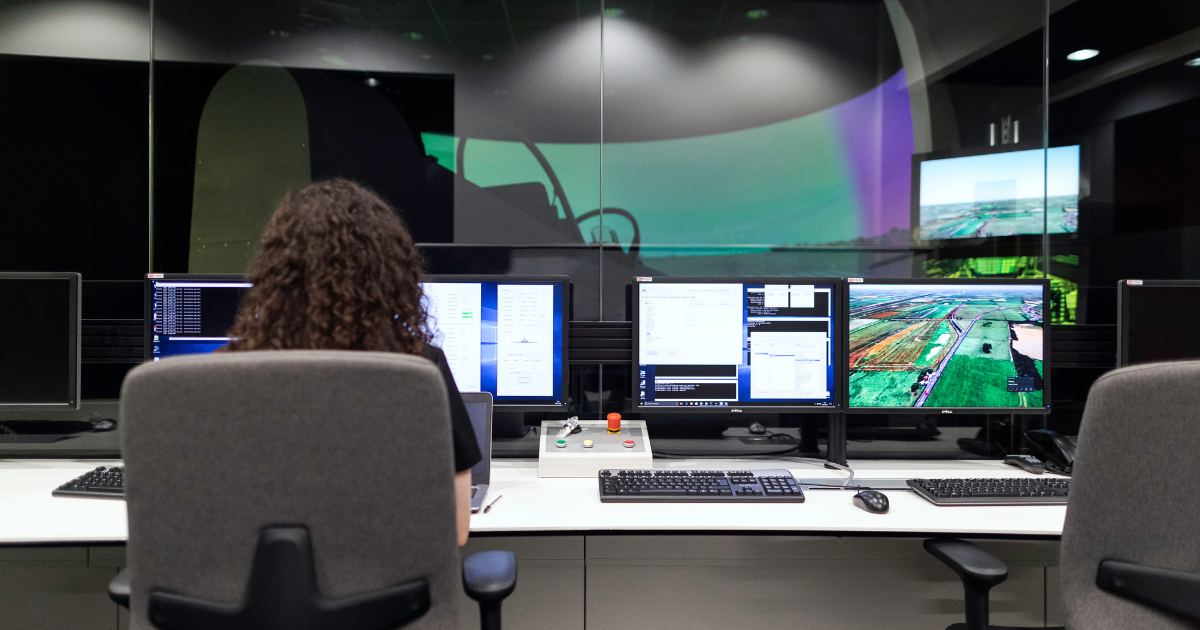Quality assurance (QA) is an essential aspect of software development. It ensures that the final product meets the requirements and specifications set forth by the client or stakeholders and is free of defects or bugs. This blog post will discuss QA testing 101: the essential guide to quality assurance.
Before diving into the different types of QA testing methods, it’s essential to understand the role of QA in the software development process. The QA team is responsible for finding and reporting defects in the software to be fixed by the development team. This process helps to catch defects early on, saving time and money in the long run and ensuring a high-quality final product.
One of the most popular QA testing methods is manual testing. In manual testing, a human tester manually goes through the software, performing various tasks and checking for defects. This method is thorough and can catch defects that automated testing may miss, but it can also be time-consuming and costly.
Another method is automated testing, where software tools are used to perform tests on the software. This method is faster and more efficient than manual testing but can be less thorough and may miss certain defects.
A combination of manual and automated testing is often used to achieve the best results. Automated tests can be used to catch apparent defects quickly. In contrast, manual testing can be used to ensure that the software is functioning as intended and has a good user experience.
In addition to traditional QA testing, there is also a concept of “Shift Left” testing, which means starting testing as early as possible in the development process; this approach helps to catch the defects early in the development phase, which can save both time and money.
It’s also important to note that QA testing should be an ongoing process throughout software development. Catching defects early on can save time and money in the long run. It also ensures that the end product is of high quality and meets the client’s or stakeholders’ needs.
So, quality assurance is a vital part of software development. It ensures that the end product meets the requirements and specifications set forth by the client or stakeholders. Using a combination of manual and automated testing and implementing Shift Left testing, QA teams can catch defects early on, resulting in a high-quality final product. This guide provides a good understanding of the basics of QA testing and how it can be used to improve software development quality.



